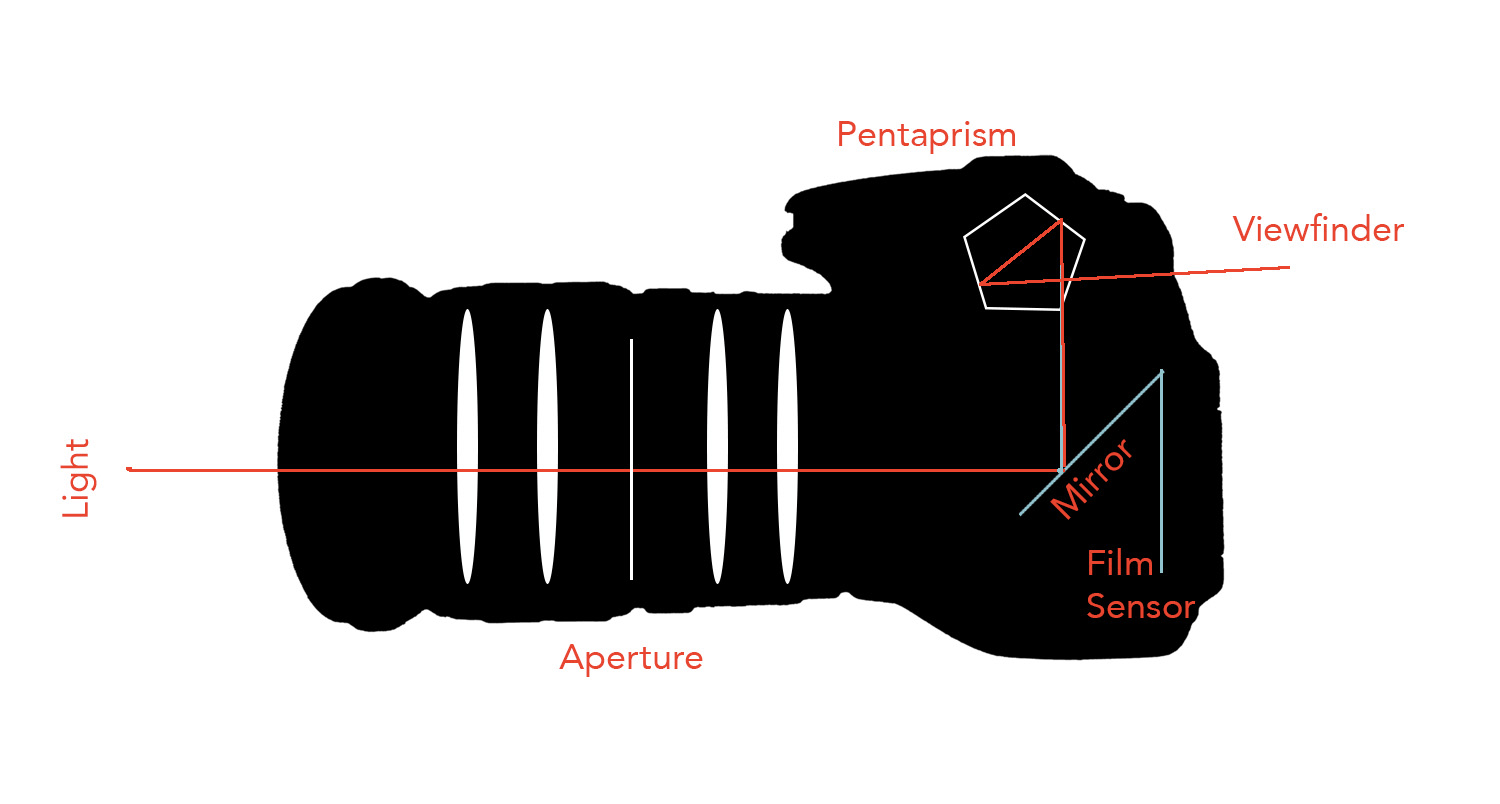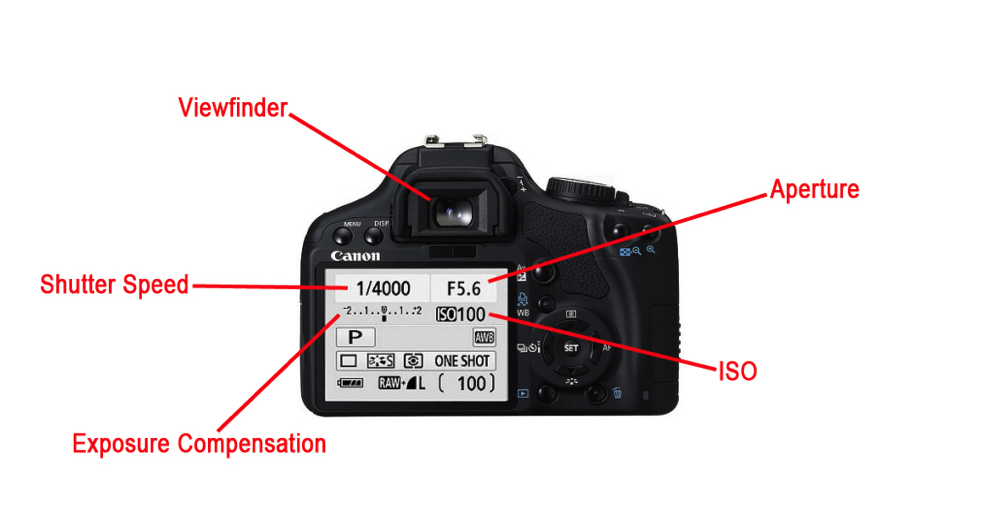Introduction
The camera, a mechanical eye that captures fleeting moments, is an intricate assembly of various components working in harmony. To understand its inner workings, it’s essential to delve into the anatomy of a camera diagram. This comprehensive guide will dissect the major parts of a camera and how they collaborate to produce an image, offering both amateur photographers and enthusiasts a deeper insight into this technological marvel.
I. The Optical System: Light’s Journey into Pixels
At the heart of any camera lies its optical system, which is responsible for capturing light. This begins with the lens – an assemblage of glass elements meticulously crafted to focus light onto the sensor. The lens aperture, controlled by an iris diaphragm, adjusts the amount of light entering the camera while also affecting depth of field. The lens also houses the focus mechanism, allowing you to sharpen your subject against a blurred background or maintain sharpness throughout the scene.
II. The Image Sensor: Converting Light into Data
Upon passing through the lens, light hits the image sensor, the digital counterpart of film in traditional cameras. Composed mainly of pixels, these sensors convert light into electrical signals. There are two primary types: CCD (Charge-Coupled Device) and CMOS (Complementary Metal-Oxide-Semiconductor). Both work by recording the intensity of light falling on each pixel, but differ in their method of transferring data. The size and resolution of the sensor significantly impact the quality of the final image, determining factors such as noise, dynamic range, and low-light performance.
III. The Mirror and Viewfinder Mechanism
In DSLR cameras, a mirror and prism system reflects the incoming light from the lens up to the viewfinder, allowing the photographer to see exactly what the lens sees – a feature known as the optical viewfinder. When the shutter button is pressed halfway, the mirror flips up momentarily, exposing the sensor to light and interrupting the viewfinder image during exposure. This distinct mechanism is absent in mirrorless cameras where the electronic viewfinder displays a live feed directly from the sensor.

IV. Autofocus System: Pinpoint Precision
An integral part of modern cameras is the autofocus system. It consists of several AF points spread across the frame, which interact with the subject to determine focus. Phase detection AF measures the convergence of light beams split by the lens, while contrast detection AF assesses the highest contrast area, indicating optimal focus. Hybrid systems combine both methods for speed and accuracy.
V. Shutter Mechanism: Controlling Exposure Time
The shutter is a critical component that regulates the duration for which light reaches the sensor. Mechanical shutters have curtains that open and close at varying speeds, while electronic shutters use the sensor itself to control exposure time. The shutter speed determines whether the image will be frozen in motion or exhibit motion blur. It works in tandem with the aperture and ISO settings to create a balanced exposure.
VI. Image Processing Pipeline
Once the sensor records the light information, it passes through an image processor that converts the raw data into a JPEG or other formats. The processor applies color correction, white balance adjustments, and noise reduction algorithms before saving the final image to the memory card. High-end cameras often boast more powerful processors for improved image quality and faster processing times.
VII. User Interface and Connectivity
Modern cameras sport intuitive user interfaces, including dials, buttons, and touchscreens, enabling photographers to adjust settings quickly. Additionally, they feature connectivity options like Wi-Fi, Bluetooth, and USB ports, facilitating file transfer, remote shooting, and firmware updates. These features contribute to a seamless workflow and enhance the overall user experience.
Conclusion
Understanding the camera diagram reveals the complex interplay between optics, electronics, and mechanics that converge to create images. By familiarizing oneself with these components, one can not only troubleshoot issues but also leverage the full potential of their camera to capture stunning visuals. As technology continues to evolve, so does the sophistication of camera designs, making this knowledge base ever more valuable for all photography enthusiasts.
